Nothing in the world is quite as adorably lovely as a robin when he shows off and they are nearly always doing it
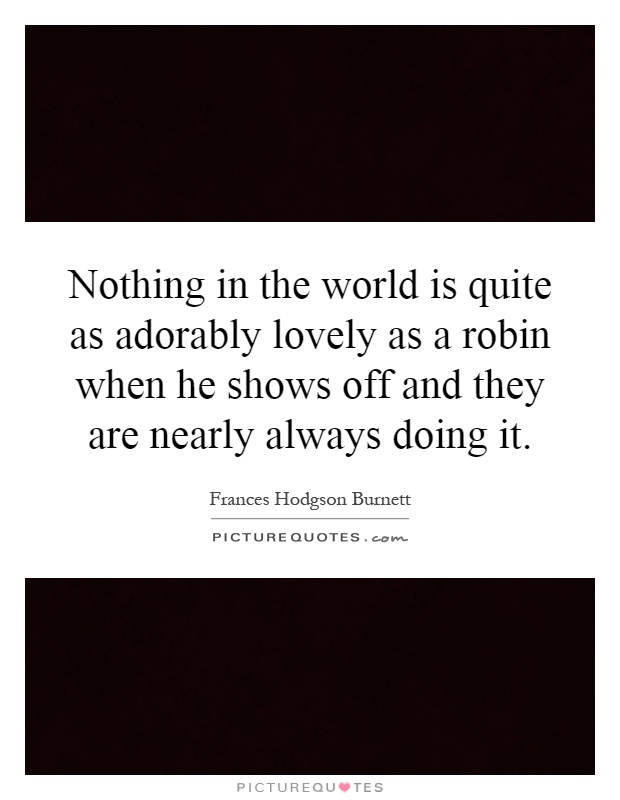
Nothing in the world is quite as adorably lovely as a robin when he shows off and they are nearly always doing it
Frances Hodgson Burnett, the beloved author of classic children's novels such as "The Secret Garden" and "A Little Princess," had a deep appreciation for the beauty of nature and the creatures that inhabit it. In her writings, she often portrayed the natural world as a place of wonder and magic, where even the smallest creatures could inspire awe and admiration.One of the creatures that Burnett frequently mentioned in her works was the robin. These small, red-breasted birds were a common sight in the English countryside where Burnett spent much of her life, and she often found them to be a source of inspiration and delight. In her stories, robins were often portrayed as symbols of hope, joy, and renewal, their cheerful songs and bright plumage serving as a reminder of the beauty and wonder of the natural world.
In one of her most famous works, "The Secret Garden," Burnett describes the protagonist, Mary Lennox, as being captivated by the sight of a robin perched on a branch outside her window. She writes, "Nothing in the world is quite as adorably lovely as a robin when he shows off, and they are nearly always doing it." This simple observation captures the essence of Burnett's love for these charming birds and their ability to bring joy and beauty into the world.
Throughout her writing, Burnett often used the robin as a symbol of transformation and growth. In "The Secret Garden," the robin plays a key role in helping Mary and her friends unlock the mysteries of the garden and bring it back to life. Through their interactions with the robin, the characters learn to appreciate the beauty of the natural world and the power of friendship and love.



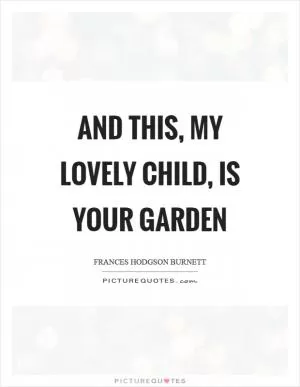

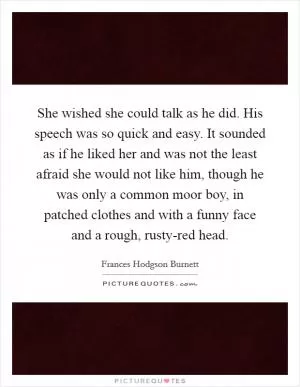
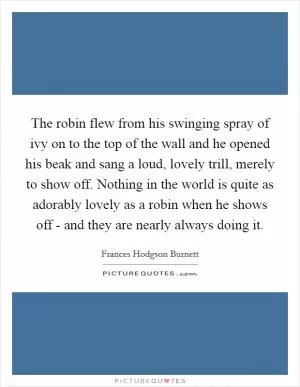


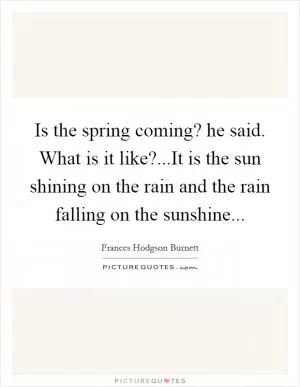

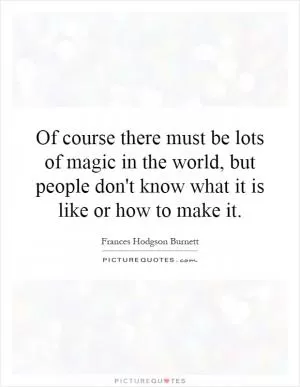
 Friendship Quotes
Friendship Quotes Love Quotes
Love Quotes Life Quotes
Life Quotes Funny Quotes
Funny Quotes Motivational Quotes
Motivational Quotes Inspirational Quotes
Inspirational Quotes